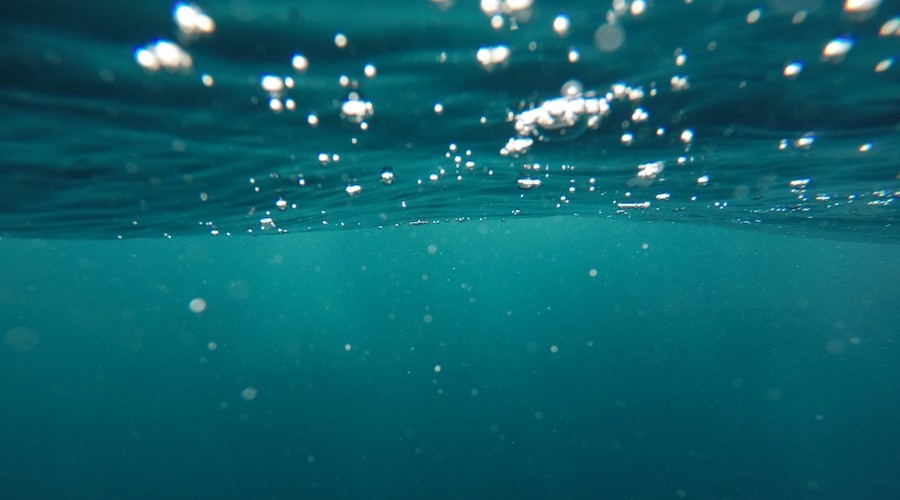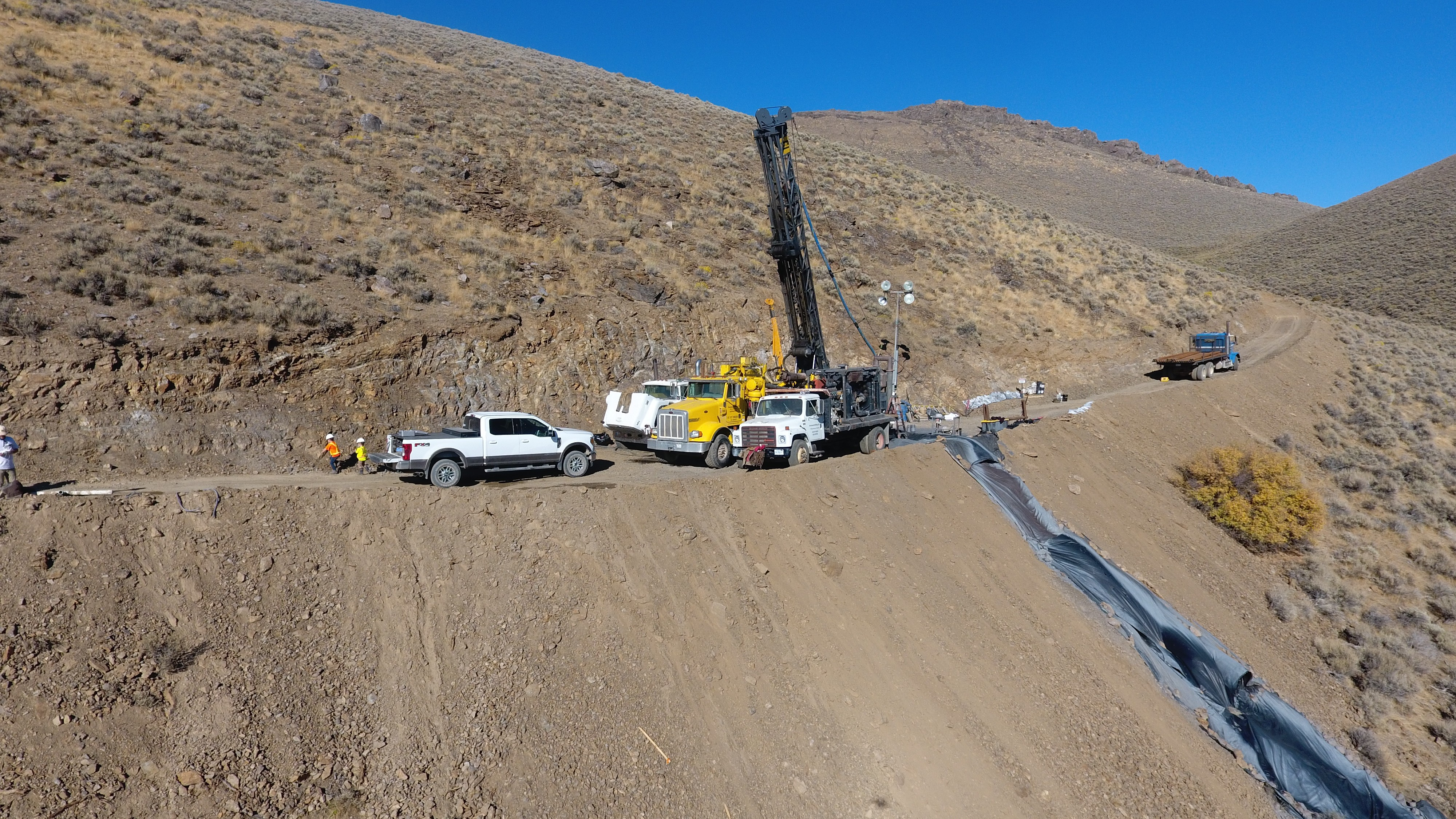Process for extracting lithium from seawater may be better suited for brine from continental sources – Roskill

Following reports of scientists at King Abdullah University of Science and Technology finding an economically viable system to extract high-purity lithium from seawater, Roskill published an analysis with its view on the study.
The market researcher finds the proposal interesting, particularly the claims related to the commercial viability of the suggested process, which employs an electrochemical cell containing a ceramic membrane made from lithium lanthanum titanium oxide. This membrane filters lithium and leaves out larger sodium, magnesium and potassium ions.



